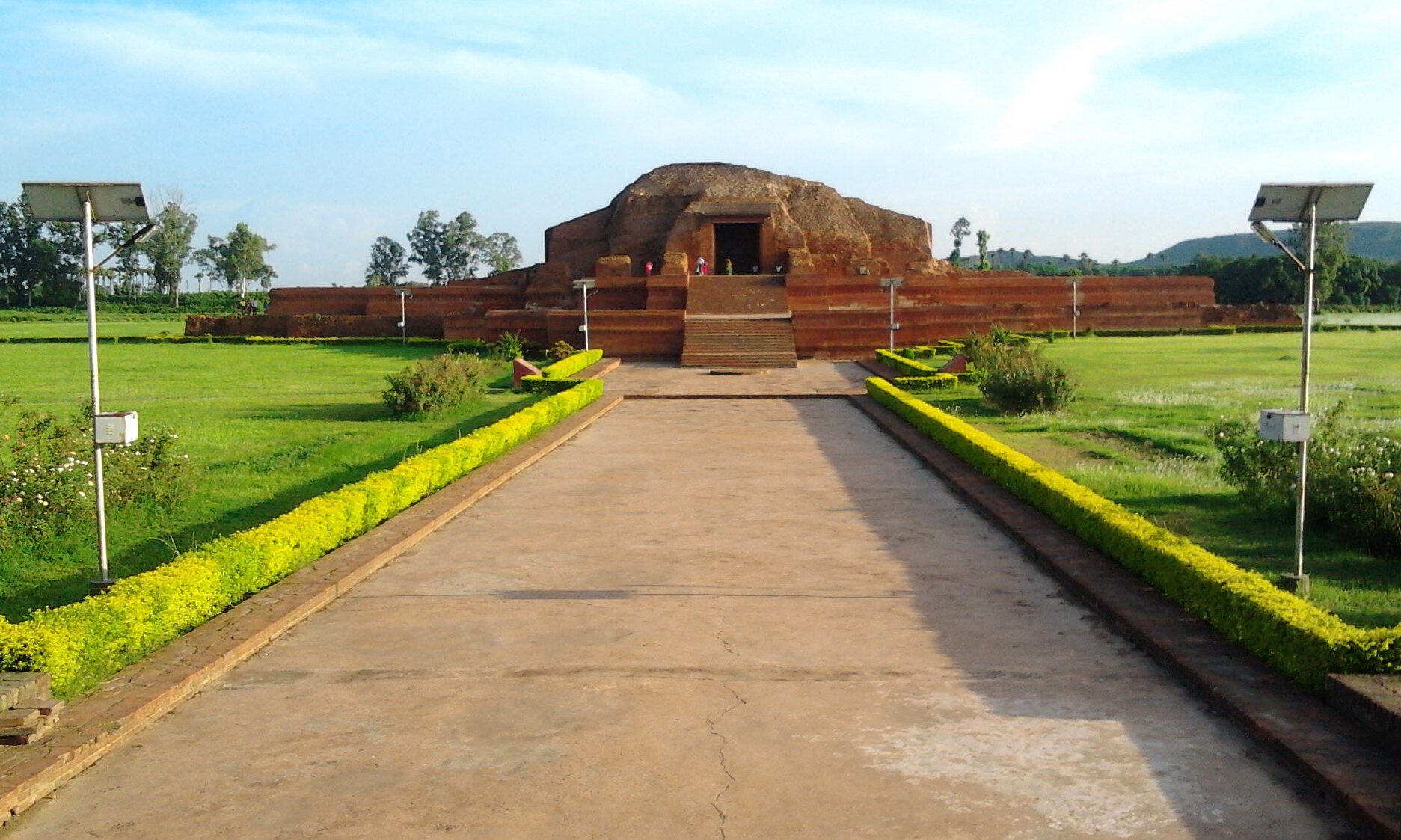Every August, Bhagalpur and its adjoining areas start gearing up for Bishahri Puja, a ritual observed only in eastern parts of Bihar with the sole exceptions being certain parts of West Bengal and Assam.
The ceremony not only has an interesting myth attached to it, but also nurses the magnificent manjusha art within its fold which is considered on par with other folk arts of Bihar like Madhubani paintings of Mithilanchal and Jadopetiya of the Santhal Parganas.
Pandaals are decorated for the purpose and women sing folk songs in the local dialect highlighting the story and importance of Bishahari puja a month before. The Bishahari puja commences on “Singh Nashatra” in the month of “Bhadra” which according to the Hindi calender falls on 16th or 17th of August every year.
The main aim of this puja is to please the Goddess Bishahari so as to prevent people from the wrath of snakes. Requisite accoutrements for observing the puja include temple shaped boxes called Manjushas in which the devotees keep their puja articles. The Manjushas, which are made up of Jute straws and paper, depict sketches of different charecters, apart from those of Gods and Goddesses, thereby giving a vivid description of the entire mythology attached to Bishahari puja.
The myth behind this festival
Maina, Bhawani, Devi, Padma and Jaya – the five sisters – were the ‘Manas Putriyan’ (divine daughters) of Lord Shiva. The were also called Bishahari. Once they apprised Lord Shiva of their keen desire to be worshiped on the planet Earth. The lord pondered for a while and put a condition, saying “if my Bhakt, Chando, accepts to worship you all then it is all right for me”. According to the myth, Chando, who was a trader and lived at Champanagar on the western outskirts of Bhagalpur town, refused to comply to their wishes. This infuriated the five Manas Putriyan who killed all the six sons of Chando and also drowned his ship carrying merchandise. However, the fate had something else in its mind as Chando’s wife Sonika gave birth to the seventh son, Bala.
In the meantime, an Ujjain based trader, Basu, was blessed with a daughter, Bihula. As time passed by, both Bala and Bihula grew into adults and one fine day even their marriage was fixed. However, the wrath of the raging sisters had not subsided by then and they threatened to kill Bala on the very night of his marriage. In order to check their entry into the house, Chando pepared a compact dwelling, made of iron and bamboo, for the couple. But, the still angry Bishahari sisters somehow managed to slip a Naag (snake) inside their new dwelling which bit Bala killing him instantaneously. A non-chalant Bihula then prepared a Manjusha shaped boat and went to Indralok (heaven). There she requested the Gods to revivify her husband. The Gods were pleased with her concern for her husband and thus Bala got back his life. On her return from the Indralok, Bihula persuaded Chando to worship Bishari. And since then Bishahri Puja is observed, says the myth.



















